The Transformative Power of a Rebrand
Some symbols, logos, and slogans are undeniably related to brands. When you see that little apple with a bite missing or the swerved checkmark on the side of the shoe…your brain instantly goes to Apple and Nike. These brands transcend time and space, recognized by millions of people around the globe. A recognizable brand helps companies stay relevant and resonate with their audience. If you’re ready to shake things up, it may be time for a rebrand! A successful rebrand can reinvigorate a company, attract new customers, and set the stage for future growth. But how do you launch a successful rebrand, and why is it so powerful?
Let’s explore the transformative power of a rebrand!
Apple is undeniably seen as one of the most successful rebrands of our time. According to published reports, in 1997, Apple was on the verge of bankruptcy and struggling to stay relevant in the personal computer market. However, when Steve Jobs came in as interim CEO, it marked the beginning of a dramatic turnaround for the company. Jobs streamlined the company's products and introduced the now-iconic Apple logo. He also launched the 'Think Different' campaign and opened Apple Stores, repositioning Apple as an innovative brand focused on customer experience. The rest, as they say, is history!
Rebranding involves changing an organization's corporate image. It could mean revamping the logo, updating the brand's messaging, changing the visual identity, or even shifting its mission and values. Rebranding is about redefining how your audience perceives your business.
WHY Rebrand?
Stay Relevant
Over time, market trends and consumer preferences evolve. What was once cutting-edge can become outdated. Rebranding allows companies to stay current and relevant, ensuring they resonate with existing and new customers.
Stand Out from Competitors
With so many companies offering the same products and services, being unique is crucial to your brand’s success. Rebranding can help create a distinct identity that sets your business apart from competitors, making it easier for customers to recognize and choose your brand.
Reach New Audiences
You’ve heard of Stanley, right? Stanley began as a working man’s cup to keep beverages cold or hot for workers out on job sites all day. It’s now the most sought-after cup for generations of moms and teenage girls alike. A rebrand coupled with some clever influencer marketing (learn more about hiring influencers here) catapulted Stanley into a must-have brand.
As businesses grow, their target audience may expand or shift. Rebranding allows you to appeal to new demographics and broaden your market reach.
Change in Companies Mission or Values
Companies evolve, and their brand should reflect this growth. Whether it's a change in leadership, a new product line, or an updated company mission, rebranding can communicate these developments effectively.
Repair a Tarnished Image
If a company has faced negative publicity or a crisis, rebranding can be a powerful tool for reshaping public perception and rebuilding consumer trust.
So, how do you rebrand a company?
HOW do you Rebrand?
Research
Begin by exploring your brand in depth to gain a clearer understanding of how it is currently perceived. Look at performance metrics and get feedback from customers, employees, and stakeholders. Also, look at your competitors.
Strategy Development
Outline your goals and objectives for your rebrand. What do you want to achieve? Who is your new target audience? What are the key messages you want to convey? Develop a clear strategy to ensure the rebrand aligns with your defined objectives.
Visual Execution
This is one of the most important steps in a rebranding campaign. The visual elements help the brand come to life! Designing a new logo, selecting a color palette, crafting a brand voice, and creating new marketing materials are all part of this phase.
Implementation
Launching the new brand involves updating all your marketing materials and anything that touches the customer. Your website, social media profiles, packaging, and signage all need to reflect your new brand. Consistency is key to ensuring the new brand identity is recognizable.
Communication
Finally, let everyone know!
Communicate the reasons behind the rebrand to your audience. Transparency helps build trust and excitement around the new direction your company is taking. (See why trust is an important part of marketing here)
Rebranding Disadvantages
Rebranding can be a powerful tool for revitalizing a business, but there are some potential disadvantages.
Rebranding can be expensive. The cost of redesigning logos, updating marketing materials, and creating new advertising campaigns can add up quickly, especially for small businesses with limited budgets.
If poorly communicated, a rebrand can lead to customer confusion. They may not recognize the new brand, leading to a loss of brand loyalty and a potential decrease in sales.
If the new brand identity does not resonate with the target audience or fails to align with market expectations, the rebrand could backfire. Careful planning, thorough research, and clear communication can help mitigate some of these risks.
Rebranding is more than just a cosmetic change; it's a strategic move that can unlock new potential for your business. Whether you're looking to stay relevant, differentiate from competitors, reach new audiences, reflect company changes, or repair your image, a well-executed rebrand can be the catalyst for future success.
If you are considering rebranding your business, connect with ReBirth Marketing and Consulting for a consultation.
Written by: Valerie Wilson

